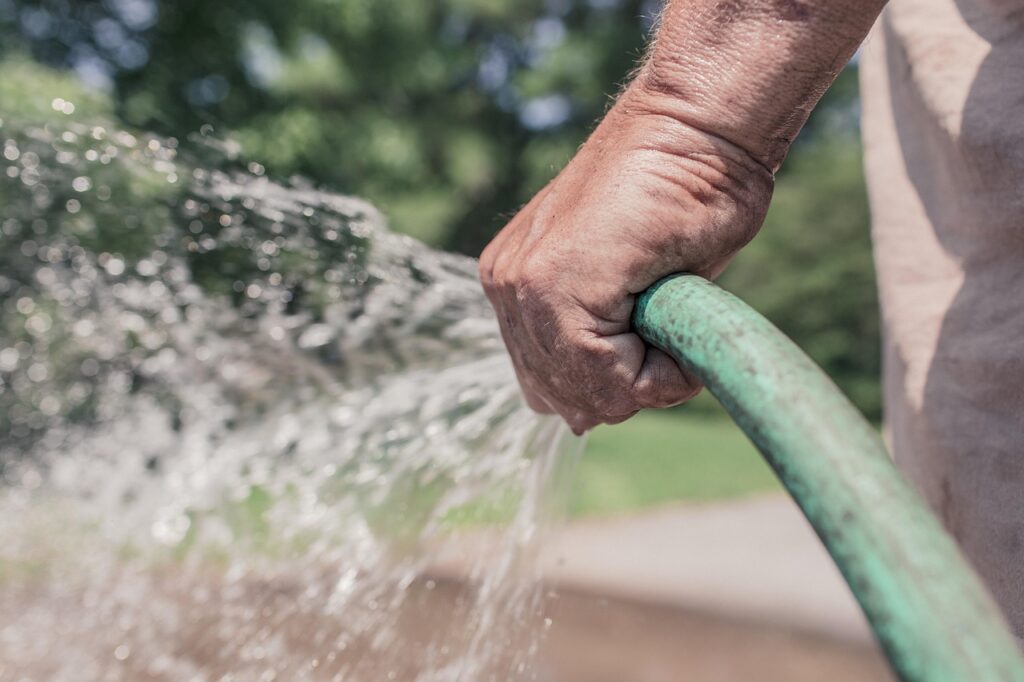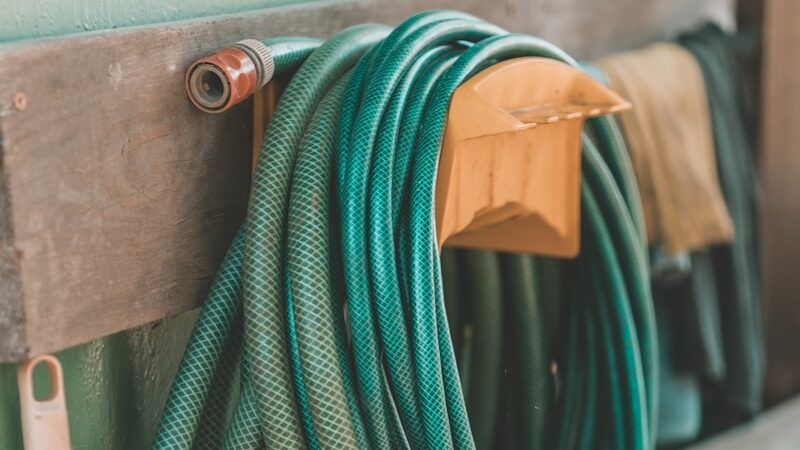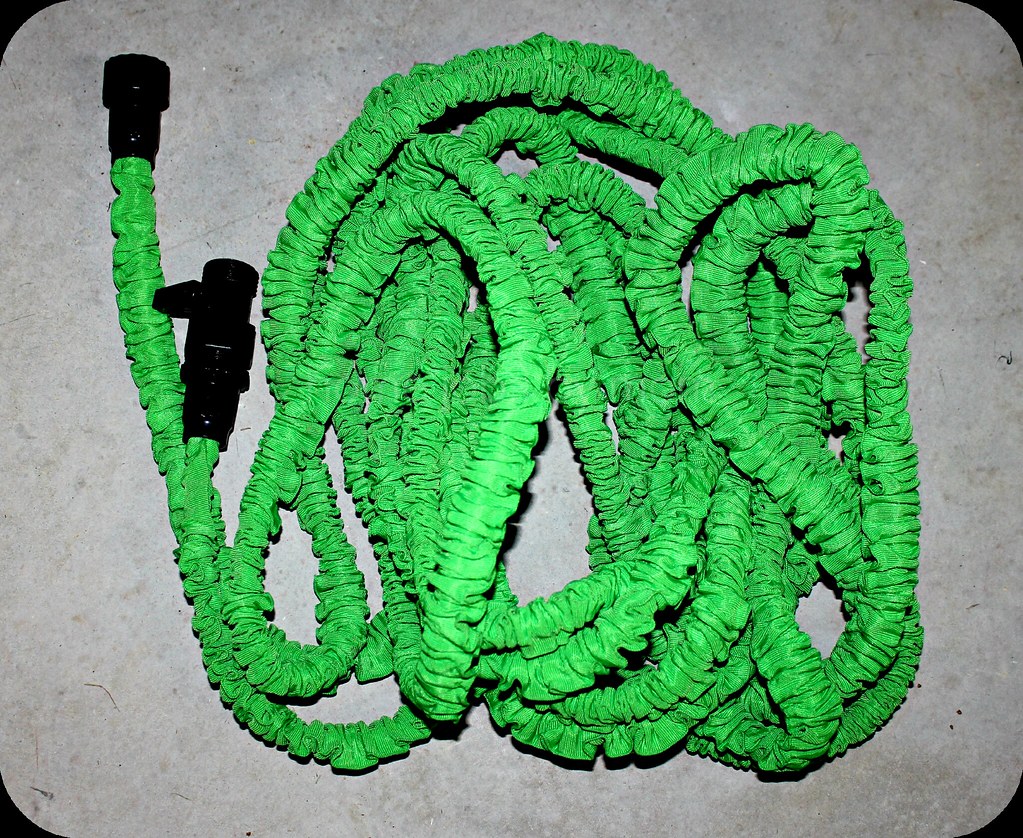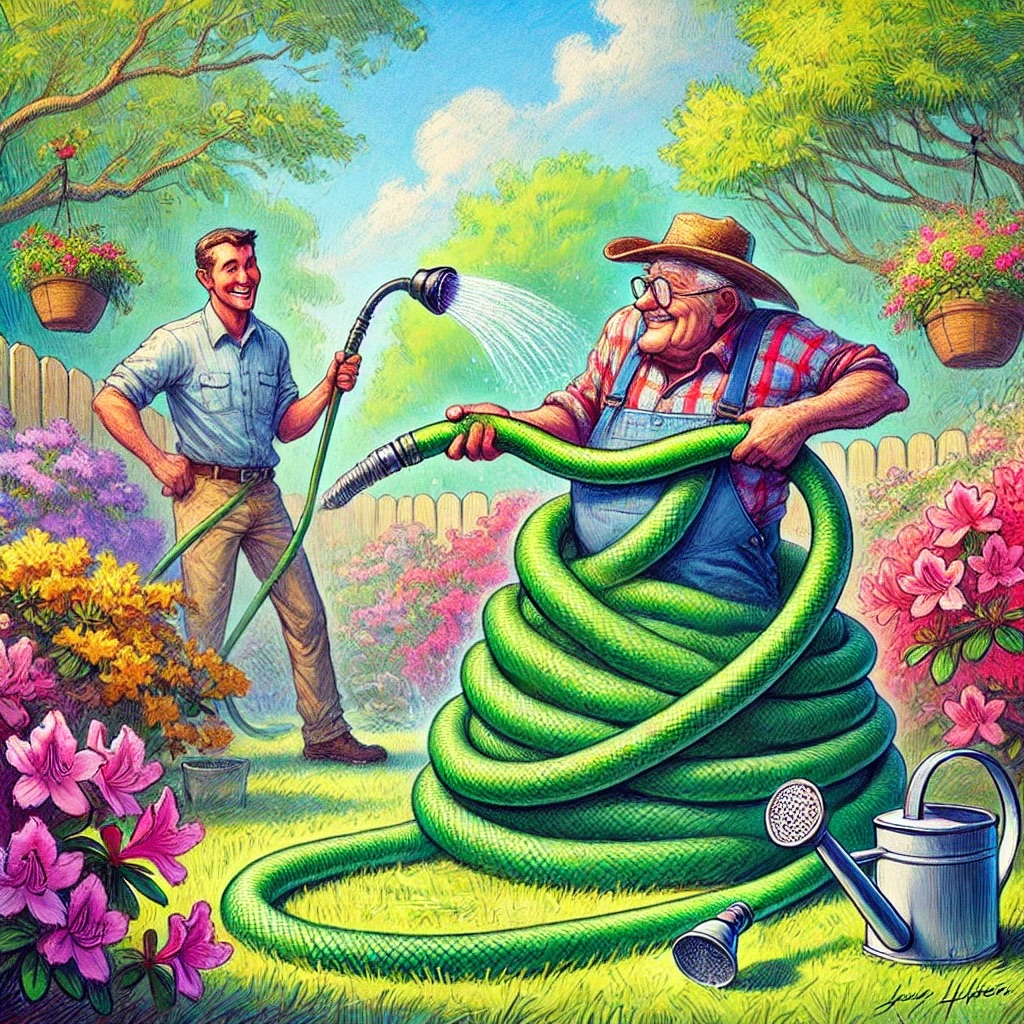My Uncle Roy—bless his stubborn heart—has been using the same rubber garden hose since 1978. “Ain’t no sense fixin’ what ain’t broke,” he says, as he wrestles with that heavy green beast like it’s a prize-winning catfish. Now, I admire his dedication, but modern times have given us more than one way to water the azaleas without throwing out your back.
Garden hoses have come a long way since the days of stiff, unforgiving rubber. These days, you’ve got options—some good, some bad, and some that’ll have you swearing in front of the neighbors. Let’s take a closer look.
The Classic Rubber Hose
There’s something to be said for the old-school rubber hose. They’re tough, they last forever, and if you run over ’em with the lawnmower (don’t ask me how I know), they can usually take the hit. But they weigh about as much as a sack of bricks, and if you’ve ever tried to coil one up on a hot summer day, you know it’s about as cooperative as a toddler after nap time. Still, they’re reliable, and if you don’t mind the workout, they might just outlast you.
One trick my granddaddy used to swear by was soaking the hose in warm water before coiling it up—it helps loosen it and makes it more manageable. Of course, this means you need a kiddie pool or a good spot to soak it, which brings us to another point: storage. If you don’t have a proper reel, you’ll find yourself with a tangled snake of rubber that takes up half the garage.

The Cheap Vinyl Specials
Then there’s the bargain-bin vinyl hoses. You know the ones—the kind that look all nice and neat in the package but kink faster than a garden party in a rainstorm. These hoses are fine if you’re in a pinch, but be prepared to spend more time untangling them than actually watering anything. And don’t even think about leaving them in the sun unless you enjoy the smell of melting plastic.
Another downside? These hoses tend to crack and split after just a season or two. I had one that sprung leaks faster than I could patch ’em, and by the end of the summer, it was more duct tape than hose. If you’ve got a small yard and don’t mind replacing it often, it might work, but don’t expect it to go the distance.

The Expandable Wonder Hoses
Now, these newfangled expandable hoses? They’re a real game-changer—or so they claim. Lightweight, easy to store, and they magically stretch when you turn on the water, then shrink right back when you’re done. It’s like they’ve been trained in good manners. But, and it’s a big but, they don’t always hold up to the wear and tear of daily life. One rogue rosebush or an accidental tug too hard, and you’ll find yourself with a hose that won’t expand at all.
I’ve also found they don’t do so well under high water pressure. If your spigot has a little extra kick, you might end up with a busted hose before you even get a chance to enjoy its lightweight charm. And while they’re great for folks with limited storage, they’re not exactly built to last forever.

So, Which One Should You Get?
Well, friend, it all comes down to what you need. If you’re looking for something that’ll last through thick and thin, go for a good quality rubber hose and invest in a sturdy reel to keep it wrangled. If you’re in a small space and don’t want to wrestle with something heavy, an expandable hose might be the way to go—just be gentle with it.
And if you’re on a budget, steer clear of the ultra-cheap vinyl ones unless you enjoy frustration. Investing in a mid-range hybrid hose—part rubber, part lightweight polymer—can give you the best of both worlds without breaking the bank.
A Final Thought
Uncle Roy may stick with his ancient rubber beast, but I’ve found a happy middle ground. A good quality hybrid hose—part rubber, part lightweight magic—does the trick just fine. And the best part? No more cursing under my breath every time I need to water the tomatoes.
At the end of the day, a garden hose is like a good pair of boots. You can go cheap and replace ’em every season, or invest in something solid and trust it to get the job done for years.



